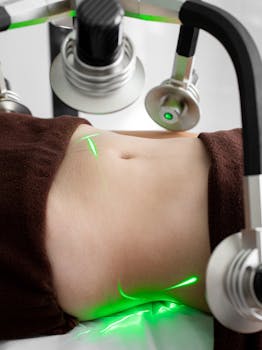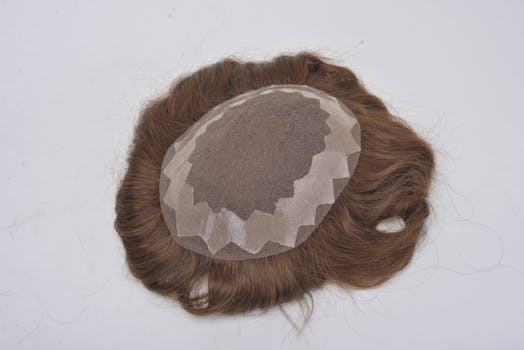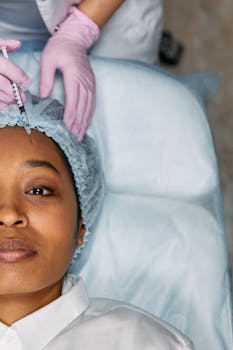Many people are curious about the trend of girls with bbl and what the procedure actually involves. This article explains the basics of a Brazilian butt lift (BBL), who typically considers it, the realistic outcomes, and safety considerations to keep in mind. Whether you’re researching for yourself or trying to understand why some bbl models or influencers choose this surgery, the goal here is to present balanced, practical information.
What is a Brazilian butt lift?
A Brazilian butt lift is a cosmetic procedure that enhances the shape and size of the buttocks using the patient’s own fat. Surgeons liposuction fat from areas such as the abdomen, flanks, or thighs and then purify and reinject it into the buttocks to create a fuller, more contoured look. Unlike implants, a BBL uses biological tissue, which can provide a natural feel and appearance when successful.
How it differs from implants and fillers
BBLs differ from buttock implants because they rely on fat grafting rather than synthetic materials. The technique also contrasts with injectable fillers, which are temporary and typically used for smaller volume changes. Recovery timelines and risk profiles vary between methods; understanding these differences helps potential patients choose the right option.
Who chooses this procedure: girls with BBLs and other candidates
People who seek a BBL include those wanting proportional body contours, improved hip-to-waist ratio, or correction of asymmetries. While social media often highlights bbl models and celebrity examples, candidates come from diverse backgrounds. A good candidate is generally in good health, at a stable weight, and has sufficient donor fat for transfer. Surgeons also evaluate medical history, smoking status, and expectations before recommending surgery.
Benefits, limitations, and realistic expectations
Benefits can include improved silhouette, enhanced clothing fit, and increased confidence. However, not everyone will achieve the same results; some fat fails to survive the transfer, and additional procedures may be needed. Women often come in expecting dramatic, permanent results, but it’s important to recognize variability. A woman with BBLs should expect careful post-operative instructions to protect grafted fat and optimize survival.
Common aesthetic goals
- Increased buttock projection and fullness
- Smoother transitions from waist to hips
- Reduction in localized fat where liposuction is performed
Risks, safety considerations, and recovery
Like any surgery, BBLs carry risks: infection, contour irregularities, fat necrosis, and more seriously, complications related to fat entering the bloodstream. Choosing an experienced, board-certified plastic surgeon who follows established safety protocols is critical. Post-operative recovery usually involves a few weeks of limited sitting, compression garments, and gradual return to activity. Many patients compare recovery timelines across procedures; for example, reading a rhinoplasty recovery timeline can help set expectations for healing after cosmetic surgery. See a helpful reference on nasal surgery recovery: rhinoplasty recovery timeline: what to expect after nose surgery.
When considering a BBL, discuss pain management, mobility limitations, and follow-up plans with your surgeon. Avoid providers who downplay risks or promise guaranteed outcomes. Proper preoperative planning and adherence to post-op instructions significantly influence long-term satisfaction.
Choosing a surgeon and preparing for surgery
Research credentials, view before-and-after galleries, and request patient references. A consultation should cover surgical technique, expected fat survival rate, facility accreditation, and emergency protocols. Ask about the surgeon’s specific experience with fat grafting to the buttocks and about their approach to preventing complications.
Practical pre-op tips
- Stop smoking and avoid certain medications as advised by your surgeon
- Arrange transportation and caregiver support for early recovery
- Prepare to follow sitting and sleeping restrictions to protect grafts
Aftercare, maintenance, and long-term results
Maintaining results includes steady weight management and healthy lifestyle habits. Significant weight fluctuation can change outcomes, as fat cells respond to weight changes. Regular follow-ups help monitor fat retention and address any concerns early. If needed, revision procedures can refine contour but are not a substitute for realistic expectations.
Further reading
For a concise overview of the procedure and background information, see this external resource: Brazilian butt lift (BBL) overview on Wikipedia. It provides historical context and links to additional clinical and safety references.
FAQ
Q: How long does a BBL recovery take?
A: Initial recovery is typically 2–4 weeks for basic activities, with several months for swelling to subside and final results to settle. Full recovery timelines vary by patient and technique.
Q: Is the result permanent?
A: Some transferred fat will be permanent, but a portion may be reabsorbed. Long-term results depend on weight stability and individual fat survival. Revision is possible if more volume is desired.
Q: Can anyone be a candidate?
A: Not everyone. Ideal candidates have sufficient donor fat, are in good health, and have realistic expectations. Discuss your situation with a qualified plastic surgeon to determine suitability.






